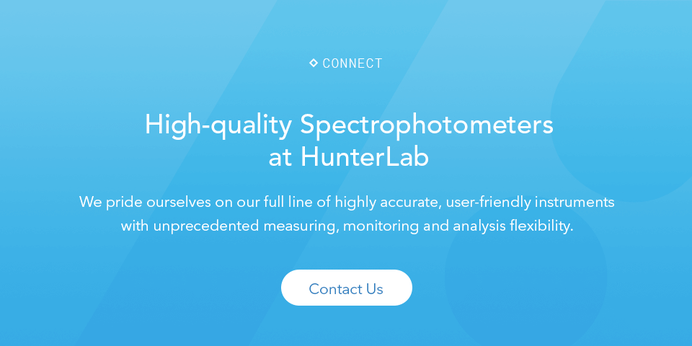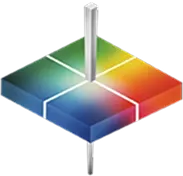
We live in a highly globalized community where goods and services move across the world with a click of a button. With product development that spans continents, the demand for synchronization and compatibility are in high demand. Paints and coatings add the finishing touch to many of these products and are necessary to preserve and protect, as well as to create visual appeal. In order to guarantee a perfect match, pigment color mixing depends on instrumental analysis to ensure colors are consistent no matter where they are produced and manufactured. Spectrophotometers use innovative technology to quantify color and develop a system that warrants repeatable compatibility. Color instrumentation is the key to quality in paint and coating development.

Instrumental analysis of additive and subtractive color mixing takes the guesswork out of color matching. Understanding the principles of pigment theory is the first step to developing a repeatable quality product. Image Source: Flickr user Rhian vK




